The Smithsonian National Zoo on Thursday released photos of some of its more than two dozen recently born critters and creatures. Among the new arrivals:
A fishing cat, recently named Hunter, was born April 15 on Asia Trail. Inhabiting India and Southeast Asia, fishing cat populations are declining and the species is considered endangered because of habitat loss and hunting for food and fur. The first pair of twin fishing cats was born at the National Zoo in May 2012. Only one other facility accredited by the Association of Zoos and Aquariums has successfully bred fishing cats since 2009. (Photo: Susan Murray, Smithsonian’s National Zoo)
Fishing cat kitten (Photo: Tallie Wiles, Smithsonian’s National Zoo)
A red panda gave birth to two surviving cubs May 27 at SCBI. This species is vulnerable because of habitat loss. Red pandas live in the cool temperate bamboo forests in parts of China, Nepal and northern Myanmar. There are fewer than 10,000 adult red pandas left in the wild. (Photo: Smithsonian Conservation Biology Institute)
Black-footed ferret kit season is in full swing at SCBI. Twenty-four ferrets have been born so far, and 10 more ferret mothers are due in the next few weeks (two were artificially inseminated). Black-footed ferrets were thought extinct until 1980, when a colony of ferrets was discovered in Wyoming. Today all black-footed ferrets are descended from 18 ferrets in that colony. More than 640 black-footed ferrets have been born at SCBI Front Royal to date, many of which have gone on to be reintroduced in the American West. (Photo: Smithsonian’s National Zoo)
Black-footed ferret kits. (Photo: Smithsonian’s National Zoo)
A short-eared elephant shrew was born May 8 at the Zoo’s Small Mammal House. The short-eared elephant shrew is the smallest of the 17 living species of elephant shrew, weighing between less than one-third of an ounce and 1.5 ounces at birth. It is too early to determine the baby’s sex. Although the tiny shrew has been active since birth, it stayed hidden for the first few days of its life, which is normal. Keepers are now getting more glimpses of the shrew as it comes out of its den to explore. These insect-eating mammals’ name comes from their noses’ resemblance to the trunk of an elephant. (Photo: Clyde Nishimura, Smithsonian’s National Zoo)
Extinct in the wild, a rare scimitar-horned oryx was born May 15. It was the 164th scimitar-horned oryx calf to be born at SCBI. Scimitar-horned oryx once lived in the arid plains and deserts of northern African countries of Egypt, Senegal and Chad. Reintroduction efforts have begun in Tunisia. (Photo: Lisa Ware, SCBI)
• Caption information provided by the Smithsonian National Zoo



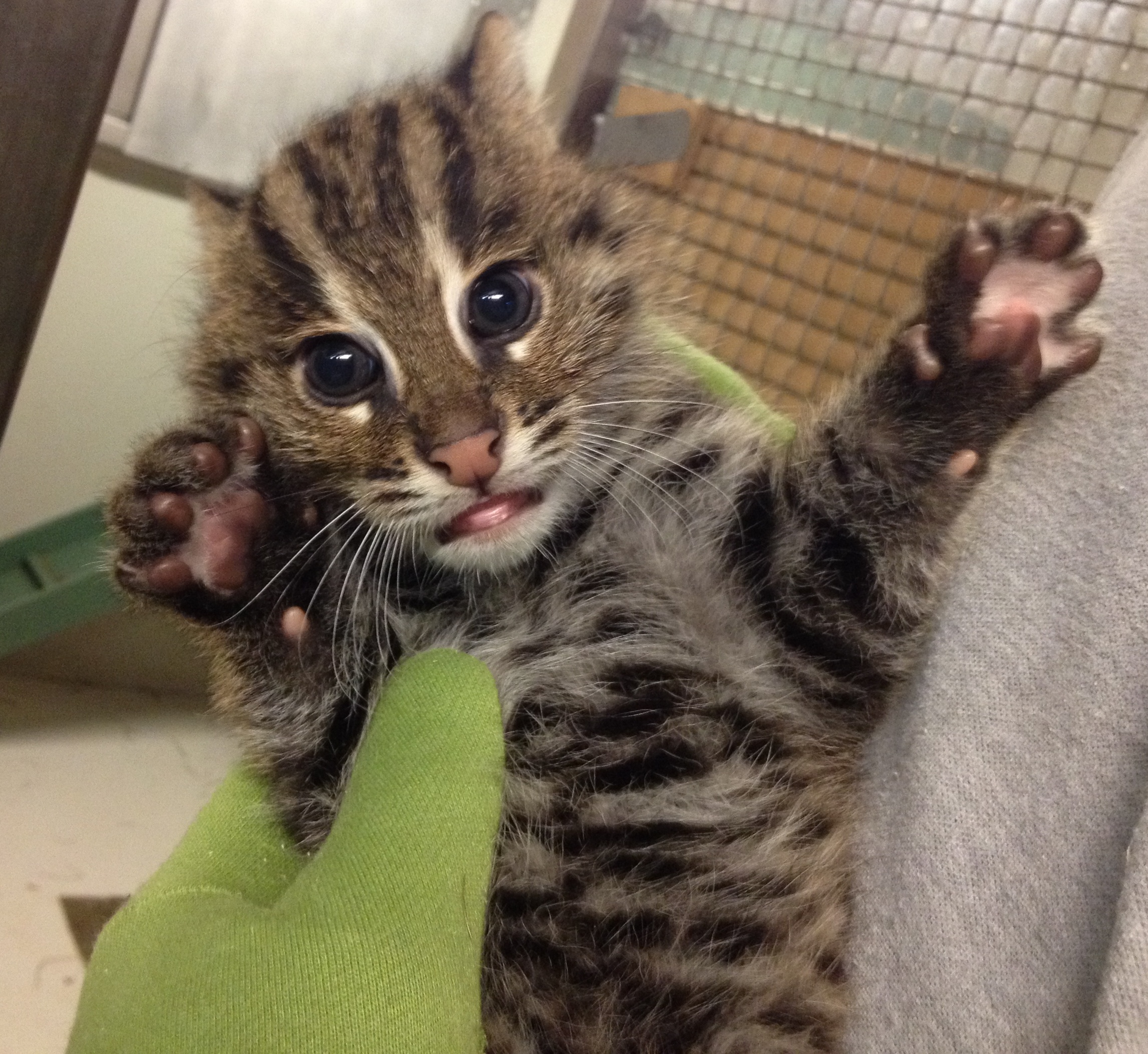
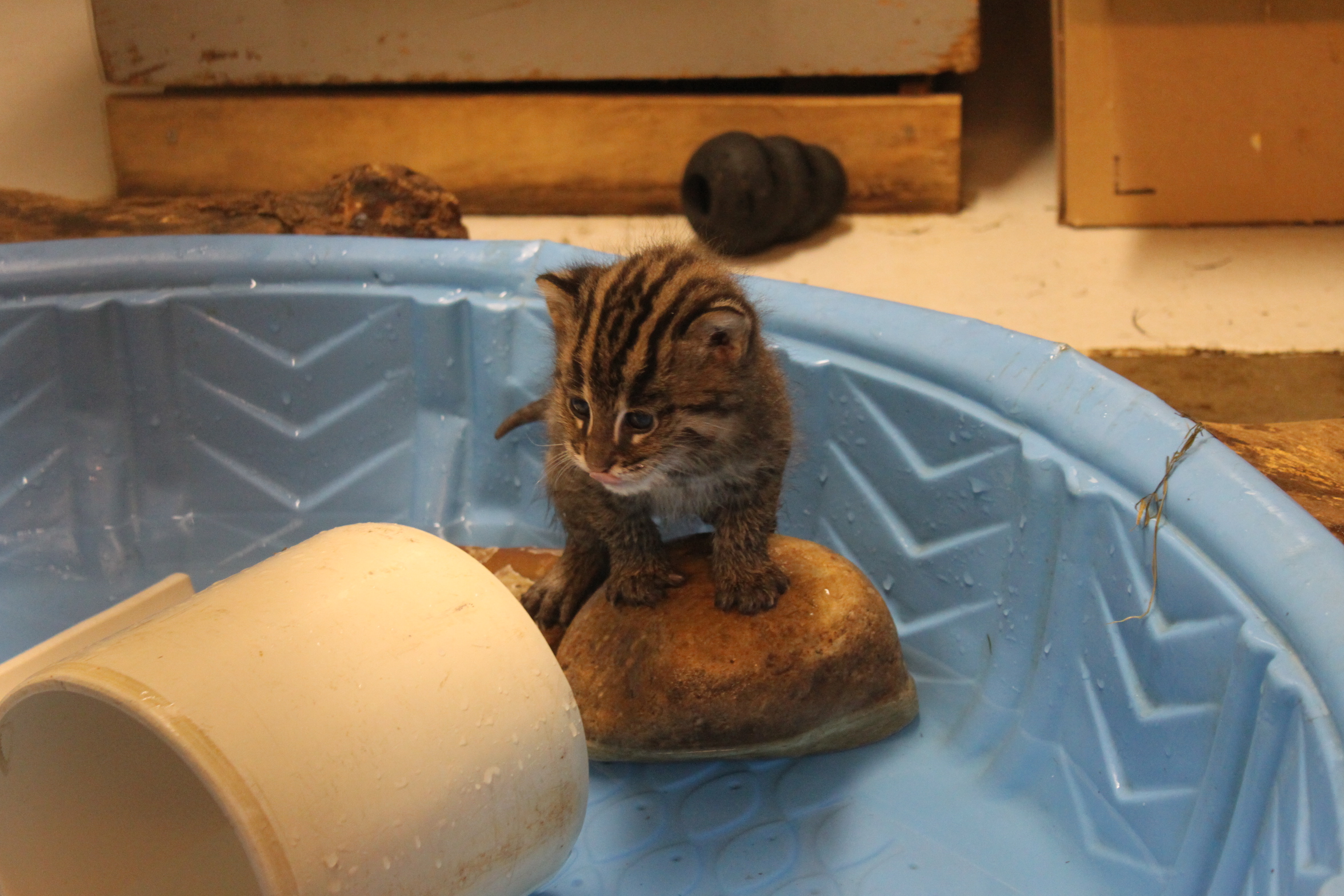
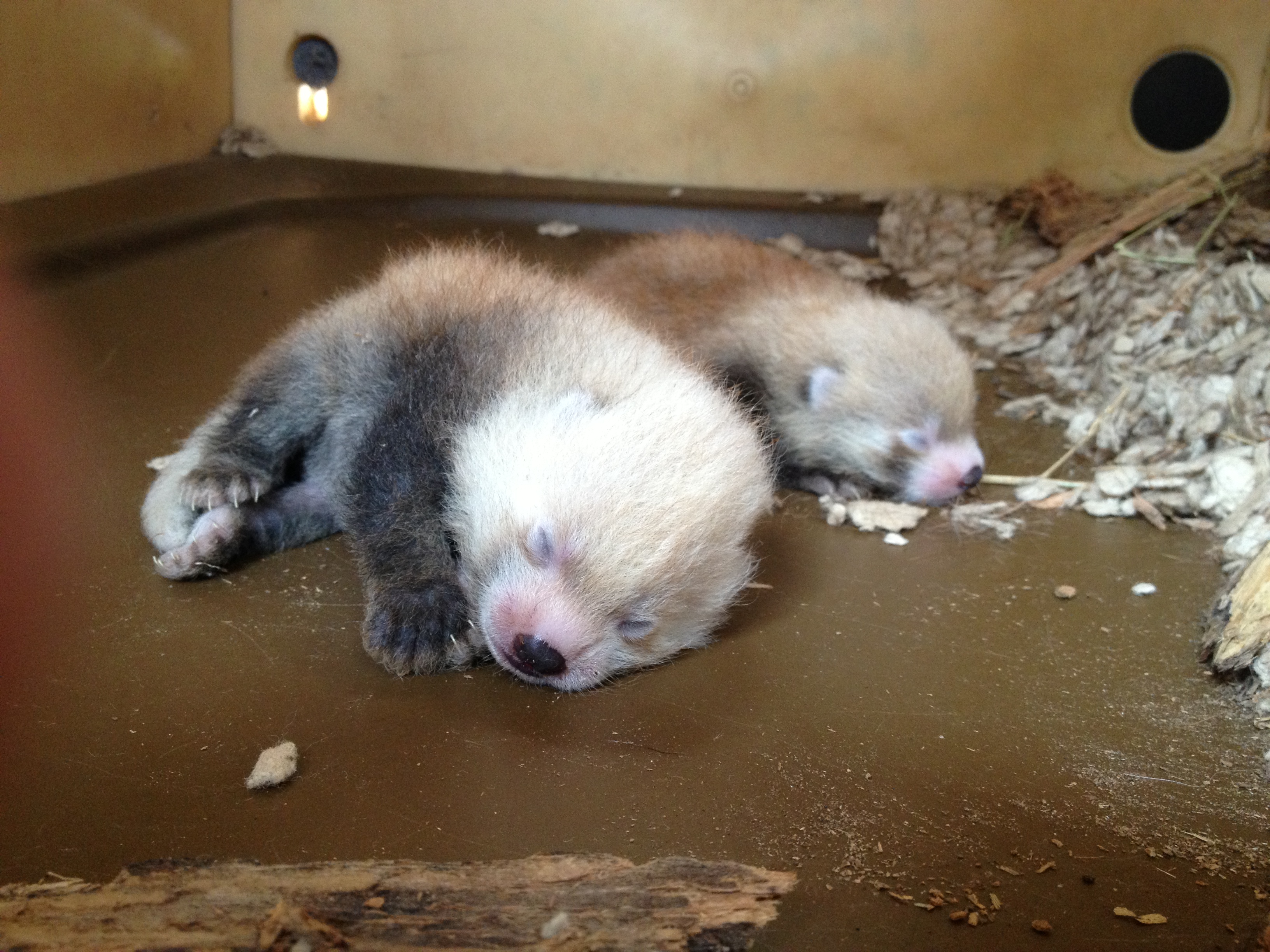
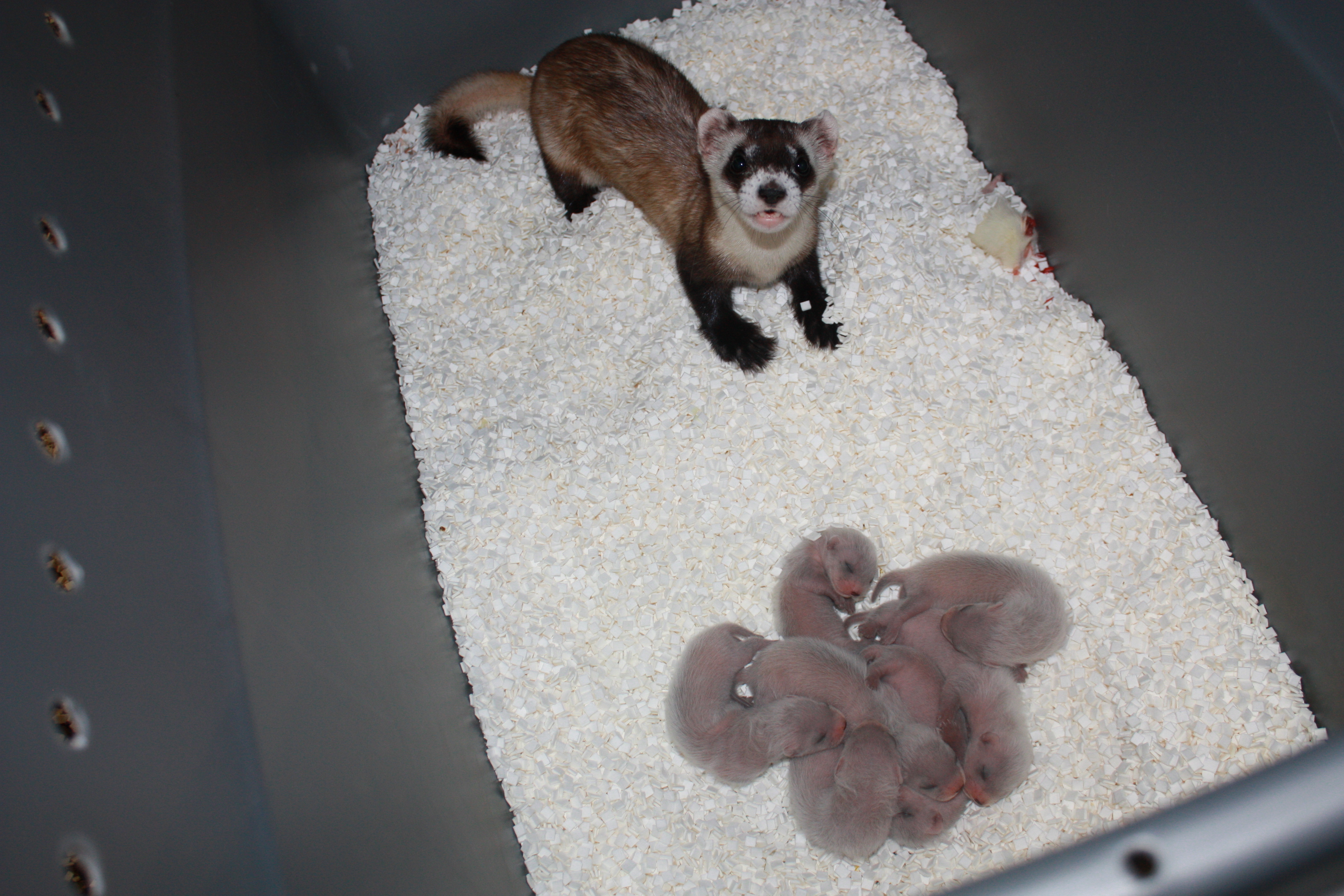
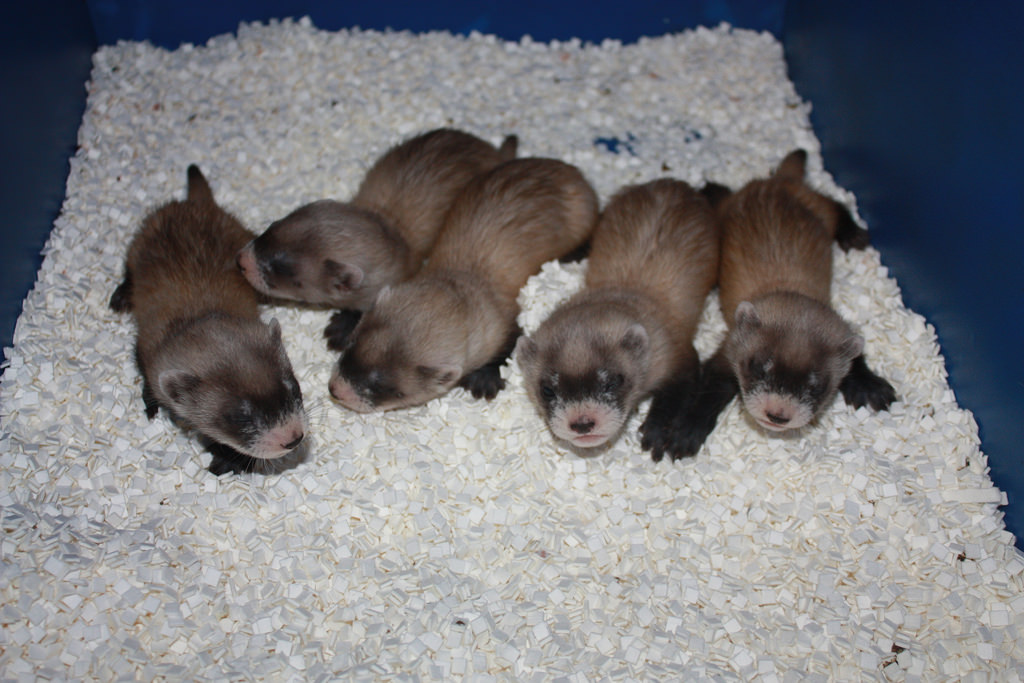
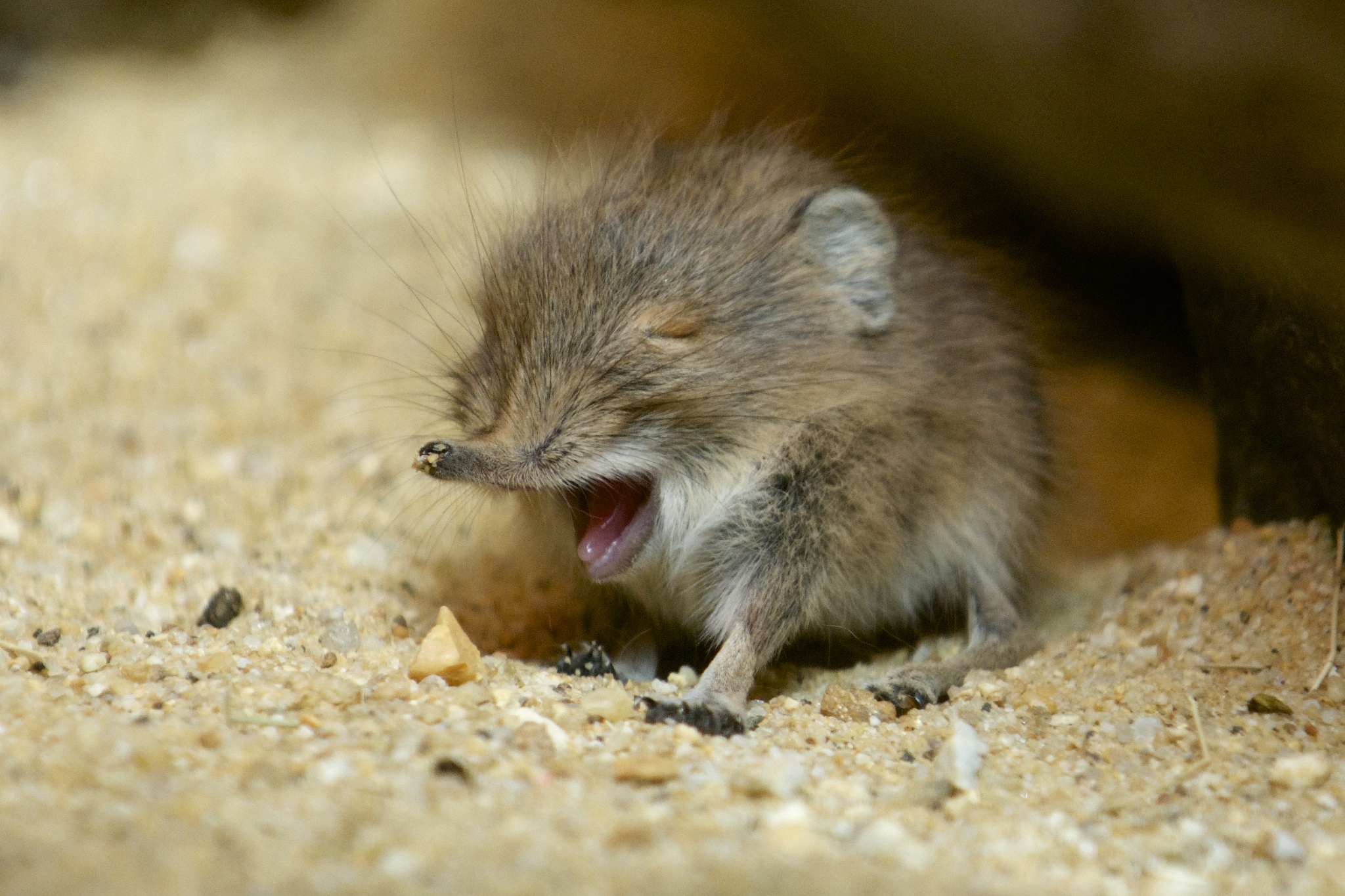
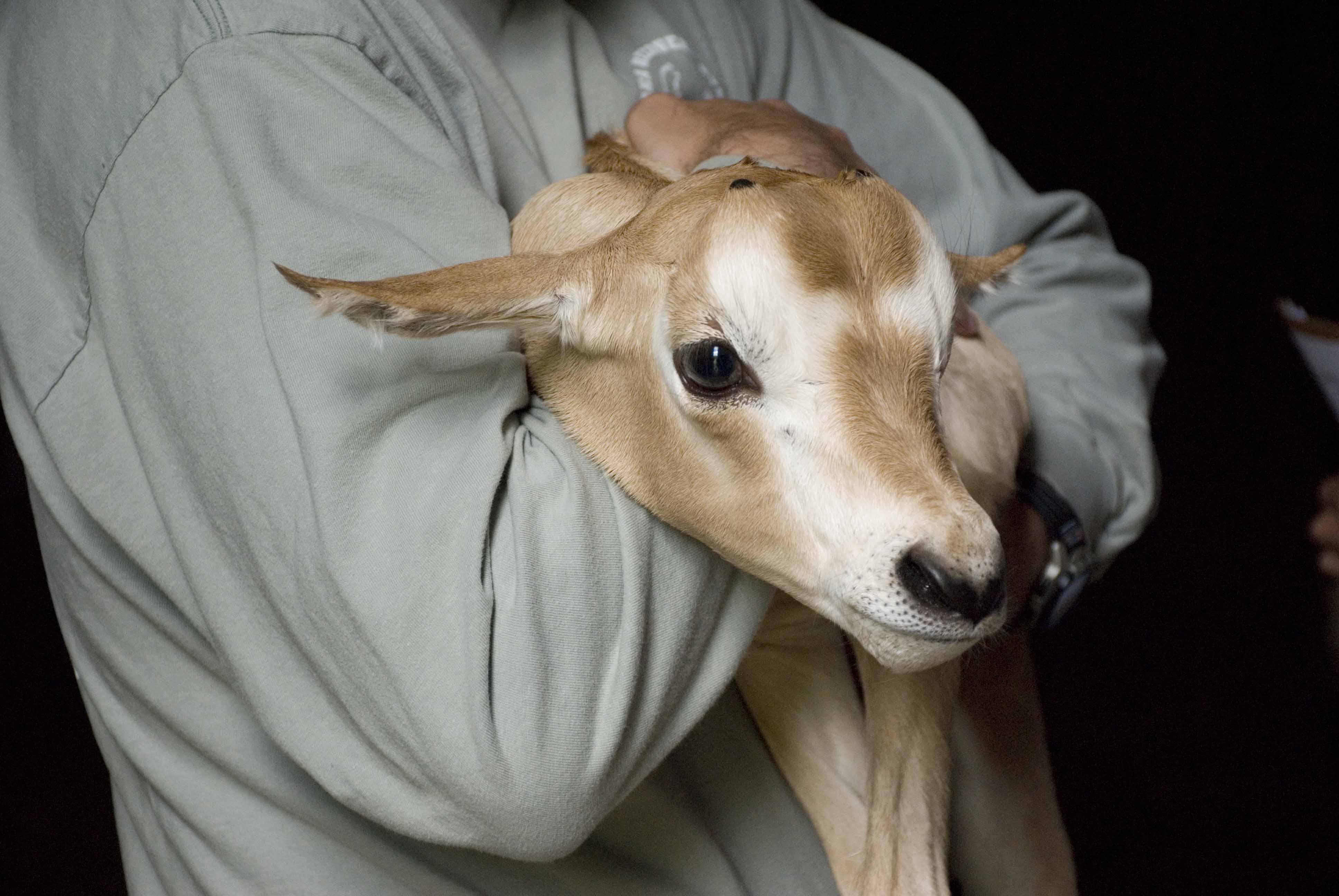
Please read our comment policy before commenting.